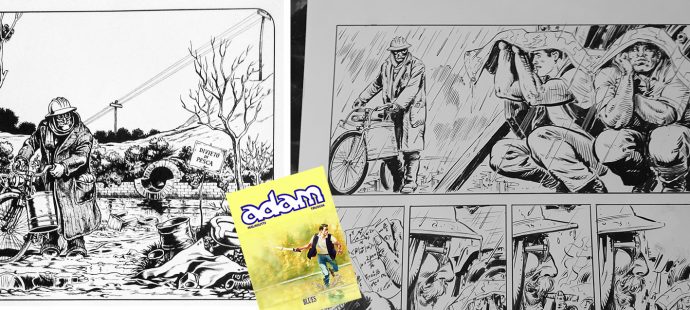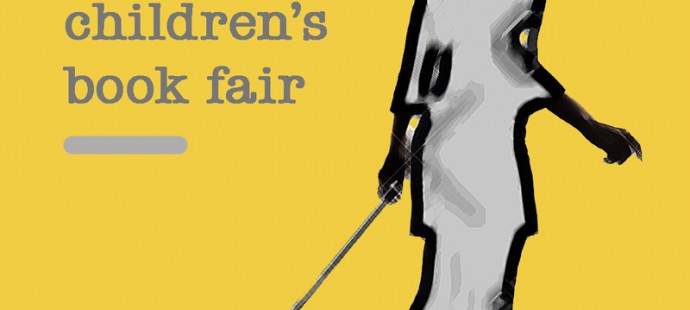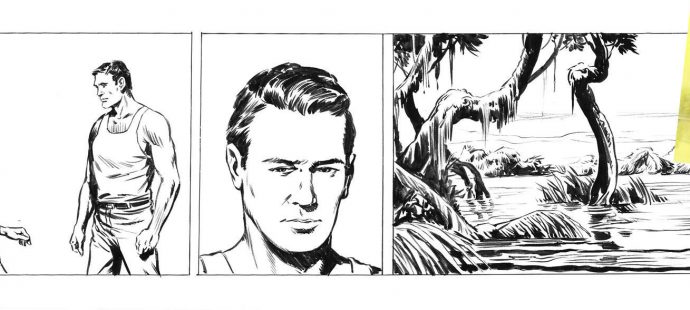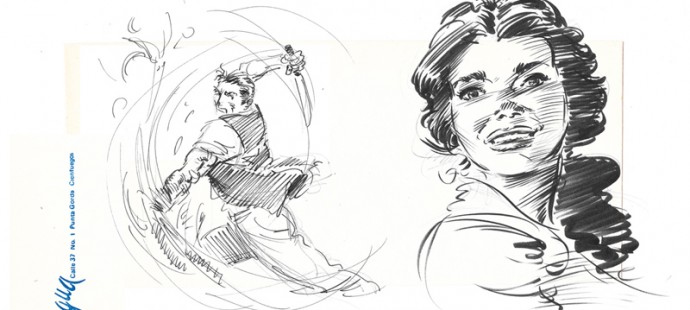
Magnus, Adam e 7 cappotti
Magnus, Adam e 7 cappotti Dal Pinocchio (inedito) di Magnus del 1973 ad Adam di Malagutti e Truscia del 1980. Il personaggio, reale, di Settecappotti – poeta e filosofo bolognese ...

Magnus, Adam e 7 cappotti Dal Pinocchio (inedito) di Magnus del 1973 ad Adam di Malagutti e Truscia del 1980. Il personaggio, reale, di Settecappotti – poeta e filosofo bolognese ...

Maigret a Notre Dame

looking for artists with realistic style

Galep disegna Adam? Sarebbe stato interessante, ma… Stralcio di testo dalla presentazione del volume Adam. Non si chiamava Adam, e non siamo nemmeno sicuri che fosse di origine statunitense. Uomini ...

Un bel giorno decidiamo di andare a risciacquare le tavole nei mari dei Tropici e partiamo per una lunga vacanza per l’isola di Cuba. Siamo curiosi di vedere i luoghi che abbiamo ...